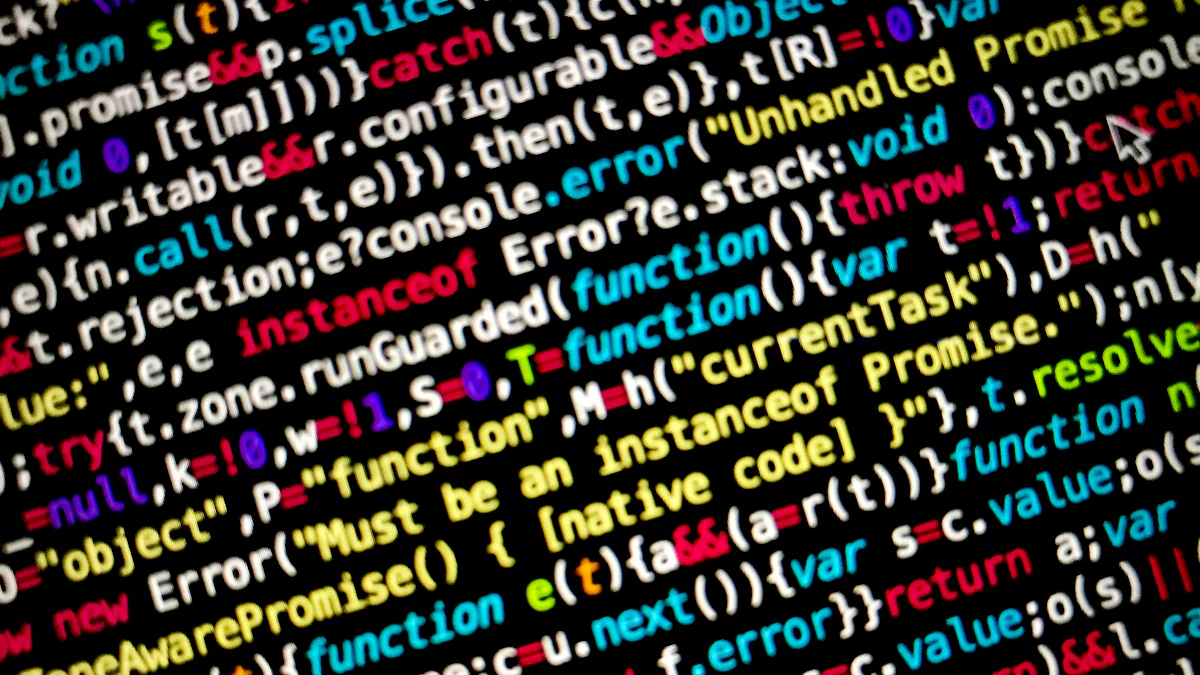Understanding the 406 Error in HTTP: A Complete Guide

HTTP Error Basics
When a client sends a request to a server, the server responds with an HTTP status code to indicate the outcome of the request. One such status code is the 406 error, which specifically denotes a situation where the server is unable to generate a response that matches the request headers provided by the client.
Understanding these HTTP errors, including the 406 error, is fundamental for web developers and administrators. It enables them to effectively troubleshoot issues and ensure seamless user experiences on websites.
Decoding the 406 Error
What is the 406 Error?
The 406 error, also known as "Not Acceptable," is an HTTP status code that signifies the server's inability to deliver the requested resource in a format acceptable to the client. This can occur when the server is incapable of providing content that aligns with the specific request headers provided by the client. Understanding this error is vital for web developers and administrators as it enables them to address compatibility issues between clients and servers effectively.
Implications of the 406 Error
When users encounter the 406 error, it can lead to frustration and dissatisfaction due to their inability to access the desired content. This can significantly impact the overall user experience on a website, potentially leading to decreased user engagement and retention. Therefore, resolving 406 errors is essential for maintaining a functional and user-friendly web environment, ensuring seamless access to resources for all users.
Potential Causes and Solutions
Causes of the 406 Error
The 406 error can arise from content negotiation issues between the client and server. This occurs when there is a discrepancy between the acceptable content formats specified in the client's request headers and the resources available on the server.
Incompatibility between the client's request headers, which outline acceptable media types, languages, character sets, and encoding schemes, and the server's available resources can lead to the generation of a 406 error.
Solutions for the 406 Error
To address content negotiation issues causing the 406 error, implementing proper techniques is essential. This involves ensuring that both client and server can agree upon a mutually acceptable content format.
Web developers can utilize various HTTP headers such as "Accept," "Accept-Charset," "Accept-Encoding," and "Accept-Language" to communicate their preferences to the server. Additionally, configuring the server to handle these preferences effectively is crucial for preventing and resolving 406 errors.
Remember: Effective content negotiation plays a key role in mitigating 406 errors by enabling seamless communication between clients and servers.
Resolving 406 Errors
Troubleshooting 406 Errors
When troubleshooting 406 errors, it is crucial to identify and address the specific request headers that are causing the error. By analyzing the client's request headers and comparing them with the server's capabilities, web developers can pinpoint the exact source of the incompatibility. Thorough testing and validation of server responses are essential steps in resolving 406 errors effectively. This process ensures that the server can produce responses that align with the client's request headers, ultimately eliminating the occurrence of the 406 error.
Best Practices for 406 Error Resolution
Utilizing proper HTTP response codes and headers is fundamental for effectively resolving 406 errors. When a server encounters a request with incompatible headers, it should respond with an appropriate status code along with clear information on how to rectify the issue. Additionally, regular monitoring and maintenance of server configurations play a critical role in preventing recurrent 406 errors. By staying proactive in addressing content negotiation issues, web developers can maintain a seamless communication channel between clients and servers, ensuring an optimal user experience.
Remember: "Troubleshooting 406 errors involves identifying specific request headers causing the error and validating server responses."
Handling HTTP Errors Effectively
When it comes to handling HTTP errors, including the 406 error, it is crucial to have a comprehensive understanding of HTTP status codes. These codes play a pivotal role in facilitating communication between clients and servers, serving as indicators of the outcome of a client's request. Web developers and administrators must be well-versed in interpreting and addressing various HTTP error responses to effectively troubleshoot issues and ensure seamless user experiences on websites.
Efficiently managing HTTP errors, such as the 406 error, contributes significantly to optimizing website performance and enhancing user satisfaction. By proactively addressing these errors, web developers can maintain a reliable and user-friendly web environment, fostering positive interactions with users and promoting continued engagement with the website.
Understanding HTTP Status Codes
HTTP status codes are essential tools for communicating the results of requests made by clients to servers. They provide valuable insights into whether a request was successful or encountered an error. Among these status codes, the 406 error specifically denotes scenarios where the server cannot produce a response matching the client's request headers. Understanding these codes empowers web developers and administrators to diagnose issues accurately and take appropriate measures to rectify them.
Optimizing Website Performance and User Experience
Optimally managing HTTP errors is instrumental in improving website performance and enhancing user experience. By promptly addressing issues such as the 406 error, web developers can ensure that users encounter minimal disruptions when accessing resources on the website. Proactive error management not only mitigates potential frustrations for users but also contributes to building trust and credibility in the website's reliability.
Key Takeaways
Familiarizing oneself with the 406 error in HTTP is essential for effective web development and proficient troubleshooting. It enables developers and administrators to address issues promptly, ensuring seamless user experiences on websites.
Implementing proper content negotiation techniques and optimizing server configurations are pivotal in resolving and preventing 406 errors. By facilitating clear communication between clients and servers, these measures contribute to mitigating compatibility issues.
Efficiently managing HTTP errors, including the 406 error, significantly enhances website performance and user satisfaction. Proactive error resolution fosters a reliable and user-friendly web environment, promoting positive interactions with users.
See Also
Comprehensive Guide to PBN Links in SEO
Mastering Domain Bias in Web Search
Exploring One-Time SEO vs. Ongoing SEO

